|
When it comes to designing, I somehow have an inclination to add elements that have some form of curvature at the hem. For that reason, I’ve spent years sewing and clean finishing curved edges. I feel that soft curves flow nicer, feeling softer and looking more organic. In dressmaking, materializing a design means applying sewing techniques that are often a bit more tricky than others. Clean finishing a curved edge, while it may seem and sound simple, is one of those sewing instances that can actually be quite tricky. Fun fact: Curved edges misbehave. They tend to defy folding and require a lot more patience in the clean finishing process. For years, I’ve patiently turned curved fabric edges by hand, attempting to keep them smooth and tension free. Even with using and iron and hand basting, folding and topstitching curved hemlines is nothing more than a roller coaster ride. Recently however, I came across a simple technique that saved me from hours of crouching over the ironing board. It is called easestitching and in its pure simplicity, solves some of the most complex sewing challenges. What is easestitching? A machine basting stitch that is applied along curved fabric edges and then pulled as much as necessary to gather up the seam allowance into even, smooth curves- Beautiful. Easestitching serves as the perfect tool for manipulating curved folds and evenly distributing excess seam allowance. In the steps below, I’ll show you a techniques for folding curved edges with easestitching used on hemline finshes, as well as curved patch pockets and folded edge appliques. 1. Change your machine stitch setting to a longer stitch length. Depending on how thick the fabric is, you may have to use the machine basting stitch setting, especially if your fabric is particularly thick and bulky. 2. Stitch along the curved edge, right along the actual seamline. Technically, you should stitch about 1-2 thread widths below the seamline but just so we keep things simple, use the seamline as an exact guide. This is called easestitching and it will facilitate turning the curved fabric edge smoothly and evenly. Curved edges should usually have very small seam allowance as this ensures smoother folds with less wrinkles and bulk (especially if double folded). If you are stitching along a fabric edge that has both curved and straight edges, apply easestitching only to the curved portions. 3. Grab one of the loose threads on one end and pull gently until the raw edge folds up. Although this is similar to gathering, you really should not see any creases or puckers along the folded edge. Pull the easestitching enough to facilitate folding the curved edge and that’s it. This is the same concept used on set in sleeves to shape the sleeve cap at the sleeve seam. 4. Use your iron to crease the fold line and keep the turned fabric edge in place. As you can see, the folded curve achieved with easestitching is smooth, even and equally folded throughout. If you are using this finish for a patch pocket or other topstitched surface applications, you don’t need worry about actually clean finishing the raw edge. However, if this is the curved edge of a hem, make sure you apply some sort of finshing technique to the fabric’s raw edge to prevent it from fraying. This can be a serging stitch (or zig zag stitch on your home sewing machine), binding, twill tape, etc. Check out some hem finishing methods in this tutorial: 4 Easy And Most Common Ways To Clean Finish Hems. If you choose to double fold and topstitch a curved edge, make sure the hem allowance is as narrow as you can manage to double fold. 1/8'' is ideal but you may find it easier to work with 1/'' or even 3/8 '' depending on the fabric. To add a second fold, try this technique: 1. Add another row of easestitching following the location along which the fabric’s folded raw edge aligns. 2. Gently pull again to encourage the second fold to fold into place. 3. Use your iron to press this second crease thus enclosing the fabric’s raw edge on the inside of the fold. You can now blind stitch or topstitch to complete the finished curved edge. To learn how to topstitch or hand blind stitch, check out this tutorial on some useful hem finishes: 4 Easy And Most Common Ways To Clean Finish Hems. Similar Tutorials You May Like: How To Finish Seam Raw Edges Understanding Seam Allowance: Beginner's Guide To Fabric Allowance Clipping The Seam Allowance During Sewing: How And When To Use It 4 Hand Sewing Stitches And Techniques You Should Know As A Beginner 4 Easy And Common Ways To Clean Finish Hems
0 Comments
Leave a Reply. |
The Blog:A journey into our design process, sewing tutorials, fashion tips, and all the inspiring people and things we love. Doina AlexeiDesigner by trade and dressmaker at heart. I spend most of my days obsessing over new fabrics and daydreaming new ideas. Sadie
Executive Assistant & Client Relations Manager Archives
November 2019
Categories
All
|
-
Sewing Tutorials
-
Basics
>
- Aligning Pattern Grainlines To Fabric
- Preparing Fabrics For Sewing
- Pinning Sewing Patterns To Fabric
- Placing Sewing Patterns On Fabric For Cutting
- Rotary Cutters or Fabric Scissors?
- Cutting The Sewing Patterns
- What Are Notches And How To Use Them In The Sewing Process
- Transferring Notches From Pattern To Fabric
- Transferring Seamlines to Fabric
- Staystitching
- Backstitching: A Complete Guide
- Hand Basting: A Complete Guide
- Sewing Continuous Bias Binding
- Darts >
-
Sewing Seams
>
- The Basics Of Seams And Seam Allowance
- How To Sew A Straight Seam
- Sewing Curved Seams
- Sewing Corner Seams
- Trimming And Grading Seam Excess
- Notching/Clipping Seam Allowance for Tension Release
- Sewing Topstitched Seams
- Sewing Corded Seams
- Sewing A Slot Seam
- Sewing A Gathered Seam
- Sewing Bias Seams
- Sewing Seams With Ease
- Sewing Seams With Crossing Seamlines
- Sewing Unlike Fabric Seams
- How To Iron Seams: Ironing Tools And Conventions
- Sewing With Knit Fabrics
- Understanding Stitch Length And Tension
- Sewing Unique Fabric Seams
-
Seam Finishes
>
- Seam Finishing Techniques - Overview
- Applying A Pinked Seam Finish
- Applying A Bias Bound Seam Finish
- Serging And Zigzag Seam Finishes
- Sewing A Self-Bound Seam Finish
- Sewing A French Seam Finish
- Sewing A Hong Kong Seam Finish
- Sewing A Mock French Seam Finish
- Sewing A Turned-and-Stitched Seam Finish
- Sewing Overcast Hand-Applied Seam Finishes
- Sewing A Flat Felled Seam
- Sewing A Hairline Seam Finish
-
Hem Finishes
>
- Garment Hem Finishes: Overview
- Sewing A Double Fold Hem Finish
- Sewing A Single Fold Hem Finish
- Sewing Bound Hem Finishes
- Sewing An Exposed Double Layer Bound Hem
- Sewing A Folded-Up Bound Hem with Pre-folded Binding
- Sewing A Hong Kong Hem Finish
- Sewing A Band Hem Finish
- Sewing A Bias Faced Hem Finish
- Sewing A Twill Tape Hem Finish
- Sewing A Rolled Hem Finish
- Sewing A Shaped Hem Facing
- Using Fusible Hem Tape And Webbing
- Finishing A Lace Fabric Hem
- Finishing A Leather Hem
- Sewing Faced Hem Corners
- How To Finish Lining At The Hem
- Finishing Fabric Corners by Mitering >
- Interfacing A Hemline: Lined And Unlined Examples
-
Sewing Pockets
>
- Curved Patch Pocket With Flap
- Unlined Square Patch Pockets
- Lined Patch Pockets: Two Ways
- Extension On-Seam Pockets
- Separate On-Seam Pocket
- Front Hip Pockets
- Bound Double Welt Pocket
- Double Welt Pocket With Flap
- Self-Welt Pocket (Using Single Fabric Layer)
- Slanted Welt Pocket (Hand-Stitched)
- Faced Slash Pockets: Overview >
-
Sewing Zippers
>
- Sewing Zippers: General Information
- Sewing A Centered Zipper
- Sewing A Lapped Zipper
- Sewing An Invisible Zipper
- Sewing A Fly Front Zipper
- Sewing A Closed-End Exposed Zipper (No Seam)
- Sewing An Exposed Separating Zipper
- Sewing Hand Stitched Zipper Applications
- Sewing A Zipper Underlay
- Sewing A Placket-Enclosed Separating Zipper
- Sleeveless Finishes >
-
Neckline Finishes
>
- Sewing A Neck Shaped Facing
- Sewing An All-In-One Neck Facing
- Neck And Garment Opening Combination Facings >
- Sewing A Bias Faced Neckline Finish
- Sewing A Band Neckline Finish
- Bound Neckline Finishes: Overview >
- Sewing A Semi-Stretch Strip Band Neckline
- Ribbed Neck Band And Classic Turtleneck
- Decorative Neckline Finishes >
- Finishing Facing Edges >
-
Extras
>
- A Complete Guide on Interfacing
- Sewing Bound Spaghetti Straps
- Sewing Spaghetti Straps To A Faced Neckline
- Sewing Ruffles: Overview
- Patterning And Sewing A Circle Ruffle
- Sewing A Gathered Heading Ruffle
- Sewing Double Layer Gathered Ruffles
- Sewing A Gathered Ruffle Into A Seam
- Sewing A Gathered Ruffle To A Fabric Edge
- Sewing A Fabric Surface Slit
- Sewing A Slit Seam
- Hand-Applied Straight Stitches
- Hand-Applied Blind Stitches
- Hand-Applied Overedge Stitches
- Hand-Applied Tack Stitches
- Hand-Applied Decorative Stitches
-
Basics
>
- Custom Bridal
- Custom Apparel
- About
- Blog
Services |
Company |
|

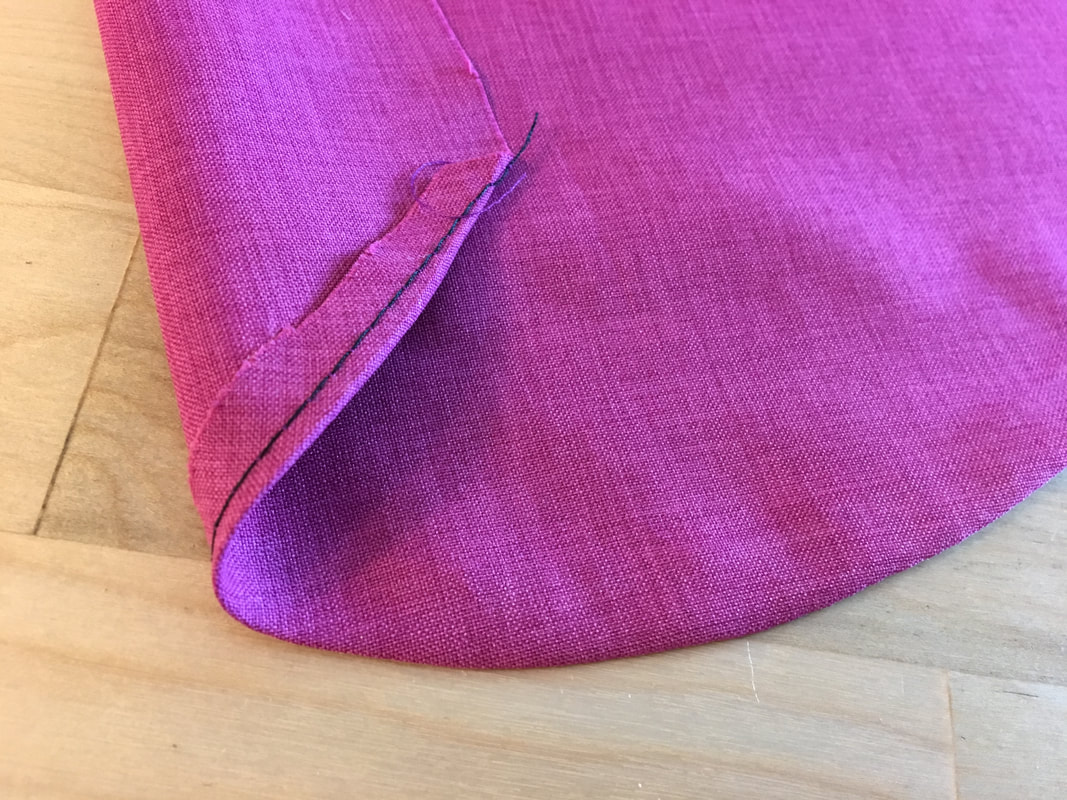
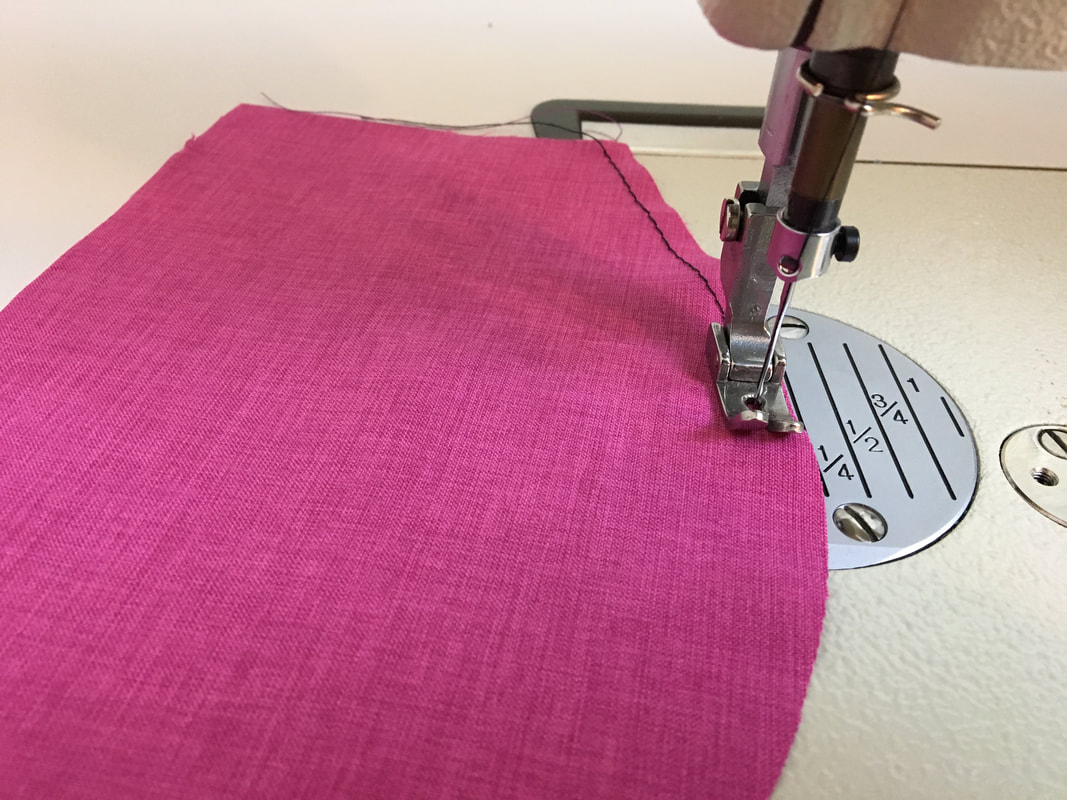
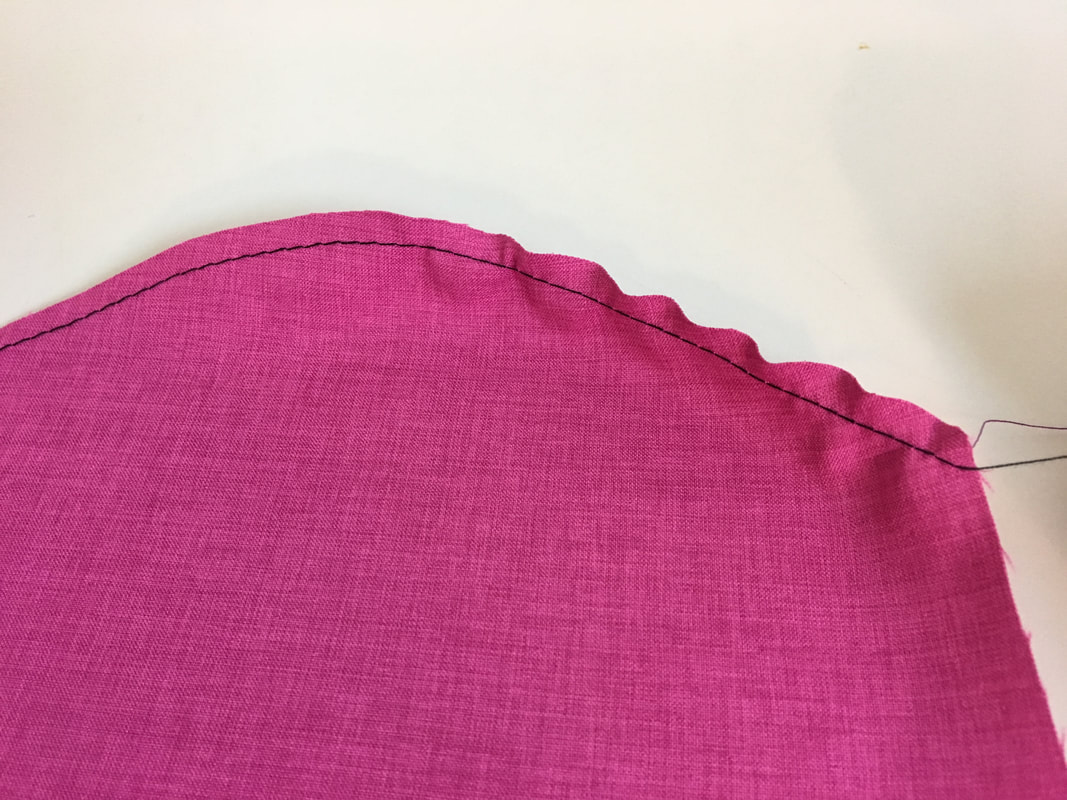
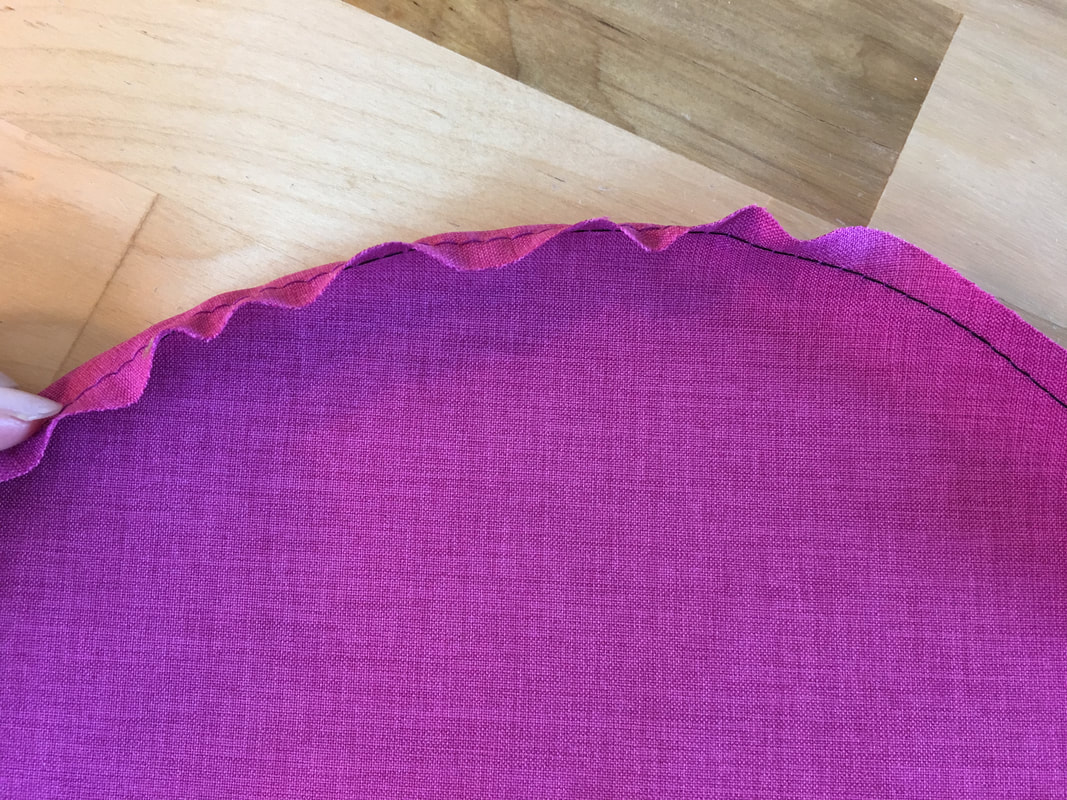
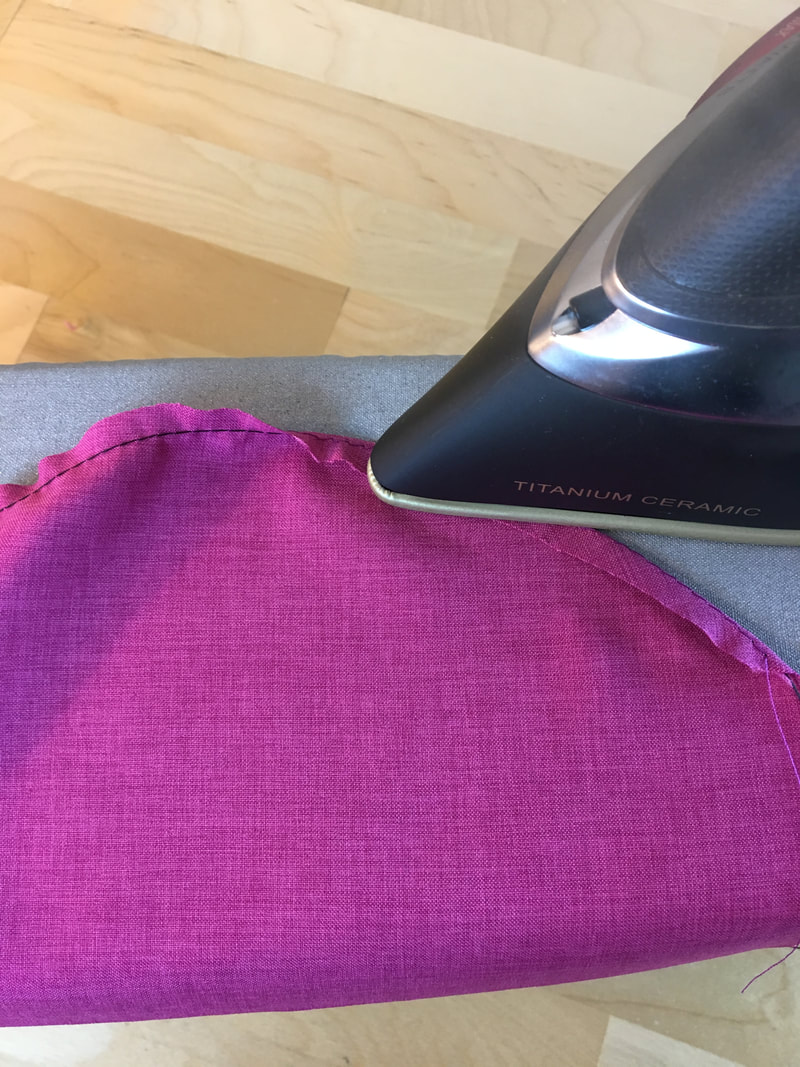
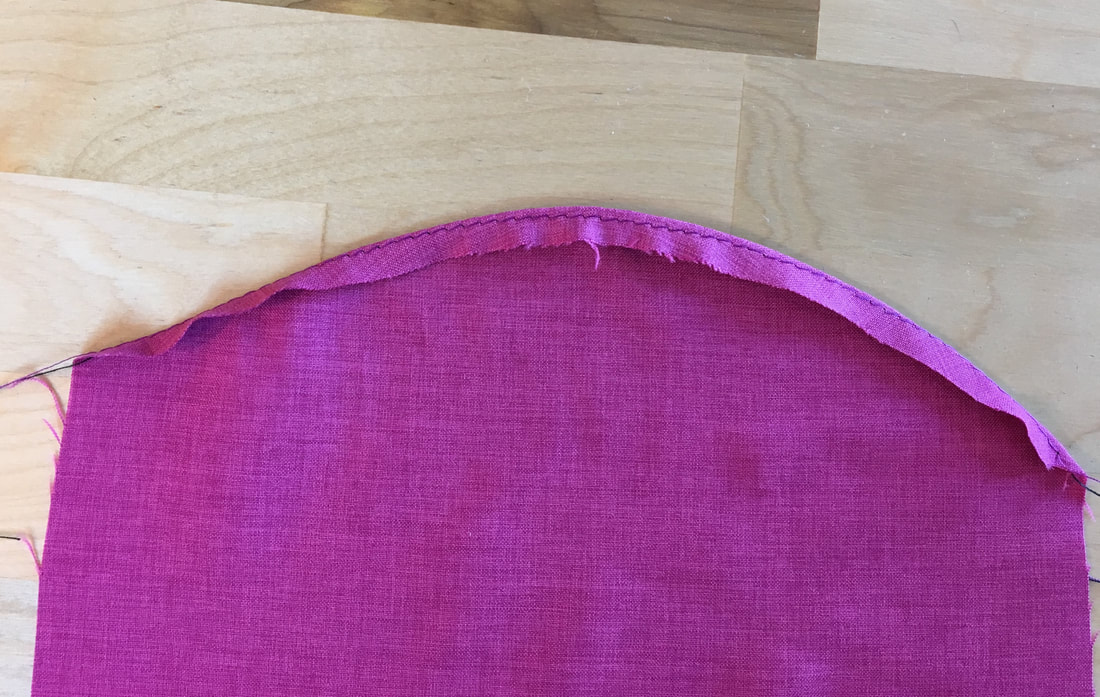
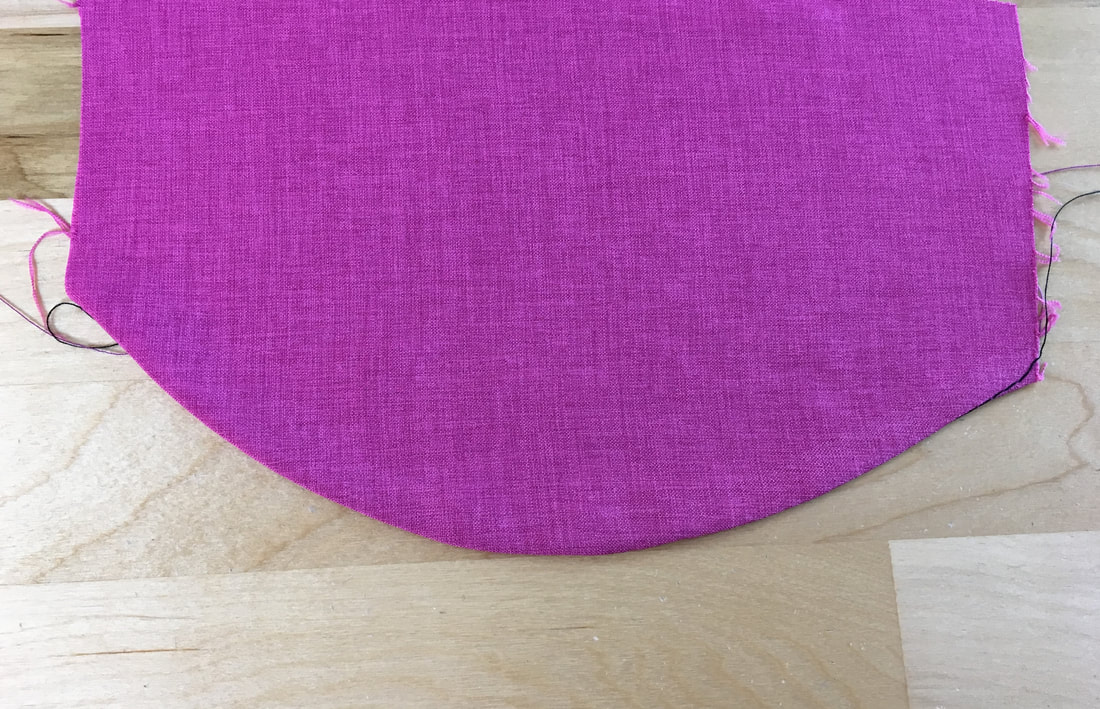
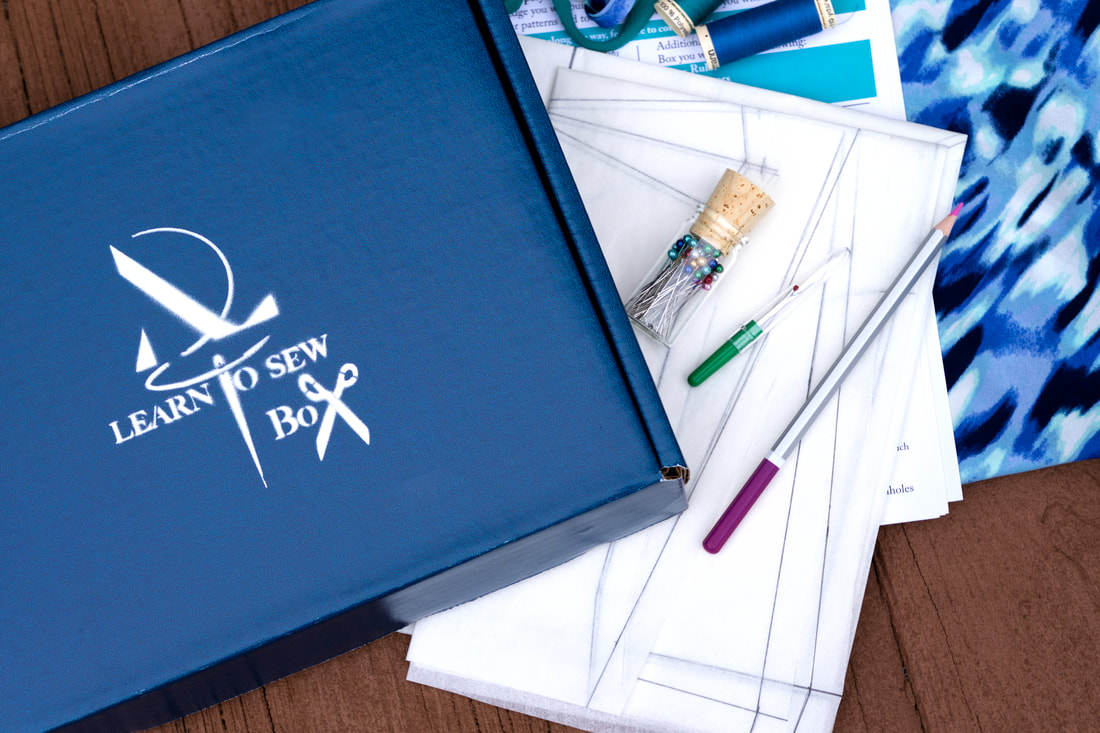


 RSS Feed
RSS Feed

